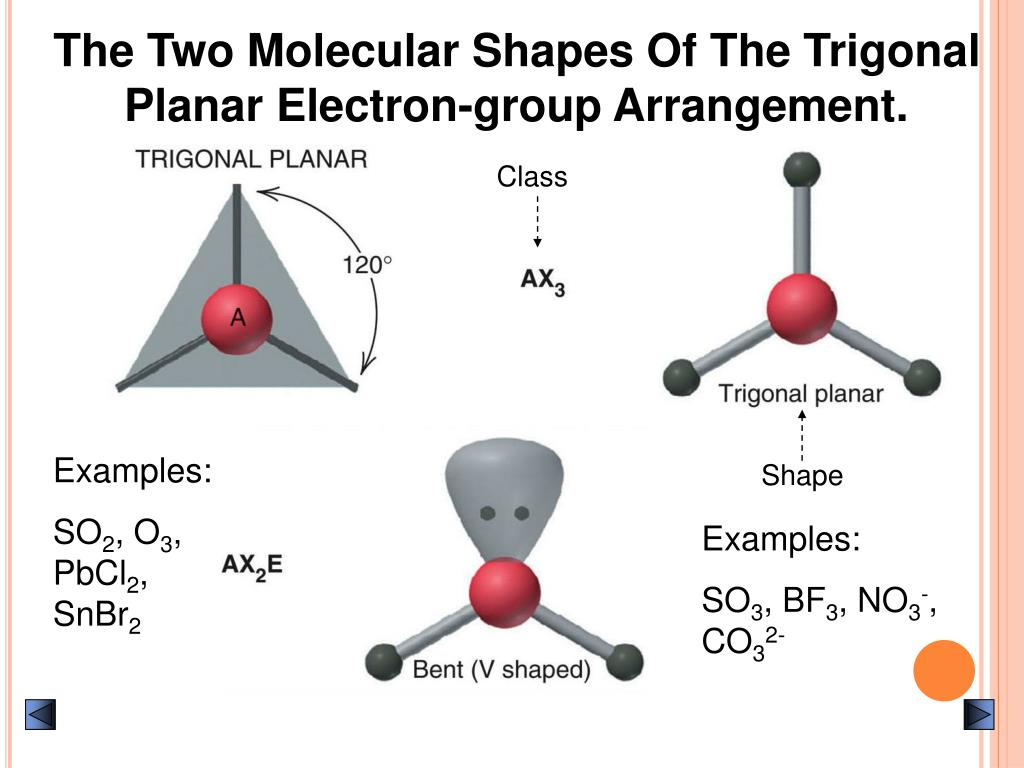

In open fields, cyanide gas evaporates instantly, making it less dangerous outdoors. The degree of cyanide toxicity depends on the quantity and duration of cyanide to which an individual is exposed.Ĭyanide gas breathing does the most pain, but it may also be poisonous to swallow it.Įspecially, in confined areas, it is risky.

In its exterior valence shell, hydrogen has two electrons, and the other two electrons are non-bonding electrons.
#Hcn molecular geometry full
Similarly, nitrogen has a full octet and it only requires three electrons to complete the octet it gets by exchanging the electrons with carbon. Now, by forming a single hydrogen bond and a triple nitrogen bond, Carbon has a full octet. Thus, carbon will have four electrons, hydrogen will have one, and nitrogen will have five electrons inside the atom. If the atoms have been arranged, start putting the dots around individual atoms representing the valence electrons. Then, you need to position the atoms of hydrogen and nitrogen on both ends of the carbon atom. Carbon takes the middle position as it is the least electronegative. It also helps to consider the bonds formed in the molecule and the electrons that do not take part in the forming of either bond.įirstly to make the dot structure you need to decide the center atom and then position the leftover atoms in the structure of HCN. The Lewis HCN structure helps to explain the configuration in the molecule of valence electrons around the atoms. Products of combustion are compounds that are given off as objects ignite. They may also be extracted from plants in limited concentrations, where they exist in association with sugars.Ĭhemicals found in artificial nails remover, if mistakenly ingested, can cause the production of hydrogen cyanide in the body.Ĭyanide is found in tobacco smoke and industrial materials such as plastics are combustion ingredients. It is also used in homes to eliminate rodents.įor certain salts, hydrogen cyanide is an ideal solvent, but it is not commonly used as a solvent owing to its toxicity. In metallurgy, cyanide salts are used for electroplating, washing metals, and scraping gold from the ore. Popular fruit seeds, such as apricots and apples, can contain large quantities of chemicals that are metabolized into cyanide.Ĭyanide is used in the production of paper, photography, plastics, etc. In certain foods and in some plants, cyanide is released by natural compounds. Without severe effects, an adult person can tolerate 50 to 60 parts of hydrogen cyanide per million parts of air for an hour, but exposure to concentrations of 200 to 500 parts per million of air for 30 minutes is typically lethal. Since it prevents cellular oxidative processes, hydrogen cyanide is extremely toxic. Prolonged exposure to a small quantity of cyanide can contribute to chronic health problems in individuals whose diet includes large concentrations of cassava. In a variety of plants, this HCN chemical is present in small amounts, particularly in stone fruits such as cherries, as well as in the roots of cassava. Cyanide ions interact with respiratory enzymes containing iron as well. The explosive agent has been used for rodenticide inhalation and human venom, as well as for the slaughter of whales. HCN has a slight bitter almond-like smell due to a recessive genetic mutation that certain individuals are unable to identify. HCN is a particularly valuable predecessor of numerous chemical compounds ranging from polymers to pharmaceuticals and is processed on an industrial scale. It is a liquid that is colorless, highly toxic, and flammable in nature. A chemical compound with the formula HCN is hydrogen cyanide.


 0 kommentar(er)
0 kommentar(er)
